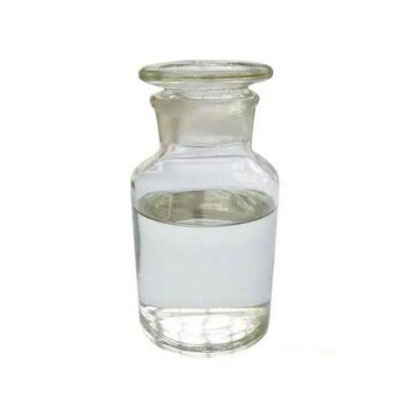Preserving Aromatic Elegance: Understanding the Stability of Delta Nonalactone Across Storage Conditions
2024-03-19
Introduction:
In the world of fragrances, flavors, and culinary creations, maintaining the integrity of key aroma compounds is essential for preserving sensory experiences. Delta Nonalactone, renowned for its creamy, coconut-like scent, is no exception. But how does Delta Nonalactone fare under various storage conditions? In this blog, we delve into the stability of Delta Nonalactone and explore how different storage conditions can impact its aromatic elegance.
Understanding Delta Nonalactone Stability:
Delta Nonalactone, like many aroma compounds, is susceptible to degradation when exposed to certain environmental factors such as heat, light, oxygen, and moisture. These factors can lead to changes in aroma intensity, off-flavors, and ultimately, a decline in product quality. Therefore, understanding the stability of Delta Nonalactone is crucial for ensuring its optimal performance in fragrances, flavors, and food products.
Impact of Storage Conditions:
1. Temperature: Delta Nonalactone exhibits good stability at ambient temperatures. However, exposure to high temperatures can accelerate degradation, leading to loss of aroma potency. Therefore, storing Delta Nonalactone in a cool, dry environment away from heat sources is recommended to preserve its aromatic integrity.
2. Light: Light exposure, particularly ultraviolet (UV) radiation, can degrade Delta Nonalactone molecules, resulting in changes to aroma profile and color. To minimize light-induced degradation, Delta Nonalactone should be stored in opaque or amber-colored containers and kept away from direct sunlight.
3. Oxygen: Oxygen exposure can lead to oxidation reactions, causing off-flavors and aroma degradation in Delta Nonalactone. Sealing containers tightly and using oxygen-absorbing packaging materials can help mitigate oxygen-related degradation during storage.
4. Moisture: Moisture can promote hydrolysis reactions, potentially leading to the breakdown of Delta Nonalactone molecules and loss of aroma intensity. Storing Delta Nonalactone in moisture-resistant packaging and maintaining low humidity levels in storage areas can help prevent moisture-related degradation.
Best Practices for Storage:
To ensure the stability of Delta Nonalactone and prolong its shelf life, the following best practices are recommended:
- Store Delta Nonalactone in a cool, dry environment away from heat, light, oxygen, and moisture.
- Use opaque or amber-colored containers to protect against light exposure.
- Seal containers tightly to minimize oxygen ingress.
- Avoid storing Delta Nonalactone near sources of heat or strong odors.
- Regularly inspect stored Delta Nonalactone for signs of degradation, such as changes in aroma or appearance.
Conclusion:
In conclusion, the stability of Delta Nonalactone is influenced by various storage conditions, including temperature, light, oxygen, and moisture. By understanding the factors that impact its stability and implementing appropriate storage practices, manufacturers can ensure the longevity and aromatic elegance of Delta Nonalactone in fragrances, flavors, and culinary creations. By safeguarding the integrity of this beloved aroma compound, we can continue to indulge in sensory experiences that captivate the senses and elevate everyday moments.


